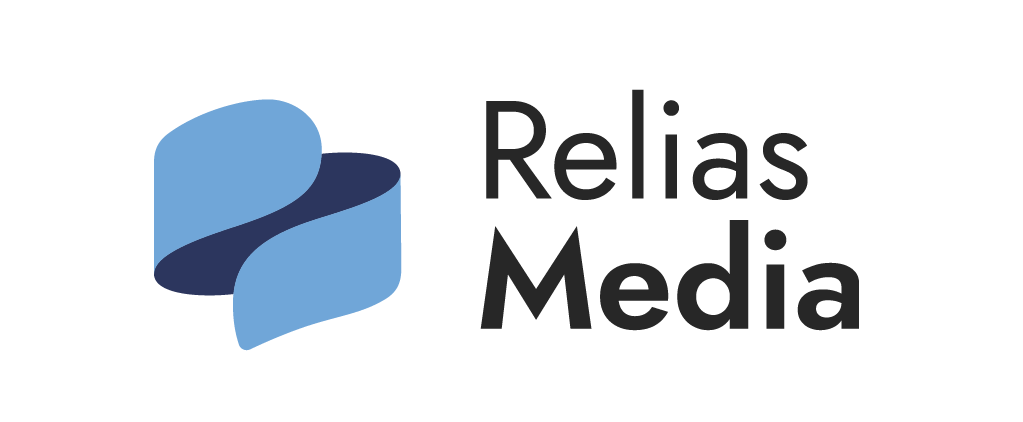Department achieves $1.5 million increase
Department achieves $1.5 million increase
During the first year of a three-year project to increase point-of-service (POS) collections at Oregon Health & Science University in Portland, patient access leaders set and reached a goal of increasing pre-service collections for scheduled inpatients and outpatient surgeries to $2 million, starting from a baseline of $500,000 a year.
Staff MEMBERS increased the amount of deductible and coinsurance they asked for prior to service delivery, reports Mela Gant, director of patient access services.
“We used to ask for the deductible, plus $100,” she says. “However, we did not tell the patient beforehand that we would be asking for any money at all. So they were unprepared to pay at the point of admission for surgery or an inpatient stay.”
Admissions staff typically asked patients, “Would you like to pay that now, or would you prefer to be billed?”
“Most of the time, patients preferred to be billed,” says Gant. “We are now asking for varying amounts, depending on the patient’s insurance and the service being delivered, ranging from $300 to $600.” Here are other changes the department made to increase its POS collections:
• If the patient is not able to pay the full amount, staff members ask for half the amount, and if they are not able to pay that, staff members ask what they are able to pay today.
If patients state they are unable to pay, this statement opens up the conversation to talk about the hospital’s financial assistance program or the option to make payment arrangements after they receive their bill.
“We take a very soft approach if patients are uncomfortable or unable to pay,” says Gant. “We start by asking for a lesser amount.” Then, staff members give the patient options to contact the billing office after receiving the bill to discuss a payment plan or to inquire about the hospital’s financial assistance program.
• Staff members collect over the phone during the pre-registration process.
“That way, patients actually can leave their valuables at home and not bring credit cards or a checkbook with them,” says Gant.
• Staff members convey the expectation for payment during a pre-registration phone call, which gives patients extra time to prepare to pay.
Staff members call patients up to two weeks out, and they call with less notice only if the service was scheduled with less than two weeks of lead time.
“Collections are much more challenging if the patient is unaware of our POS collections policies prior to arriving for service or if we were unable to connect with the patient and allow several days’ notice ahead of time,” says Gant. “Previously, we didn’t give the patient any notice at all.”
During the first year of a three-year project to increase point-of-service (POS) collections at Oregon Health & Science University in Portland, patient access leaders set and reached a goal of increasing pre-service collections for scheduled inpatients and outpatient surgeries to $2 million, starting from a baseline of $500,000 a year.Subscribe Now for Access
You have reached your article limit for the month. We hope you found our articles both enjoyable and insightful. For information on new subscriptions, product trials, alternative billing arrangements or group and site discounts please call 800-688-2421. We look forward to having you as a long-term member of the Relias Media community.
